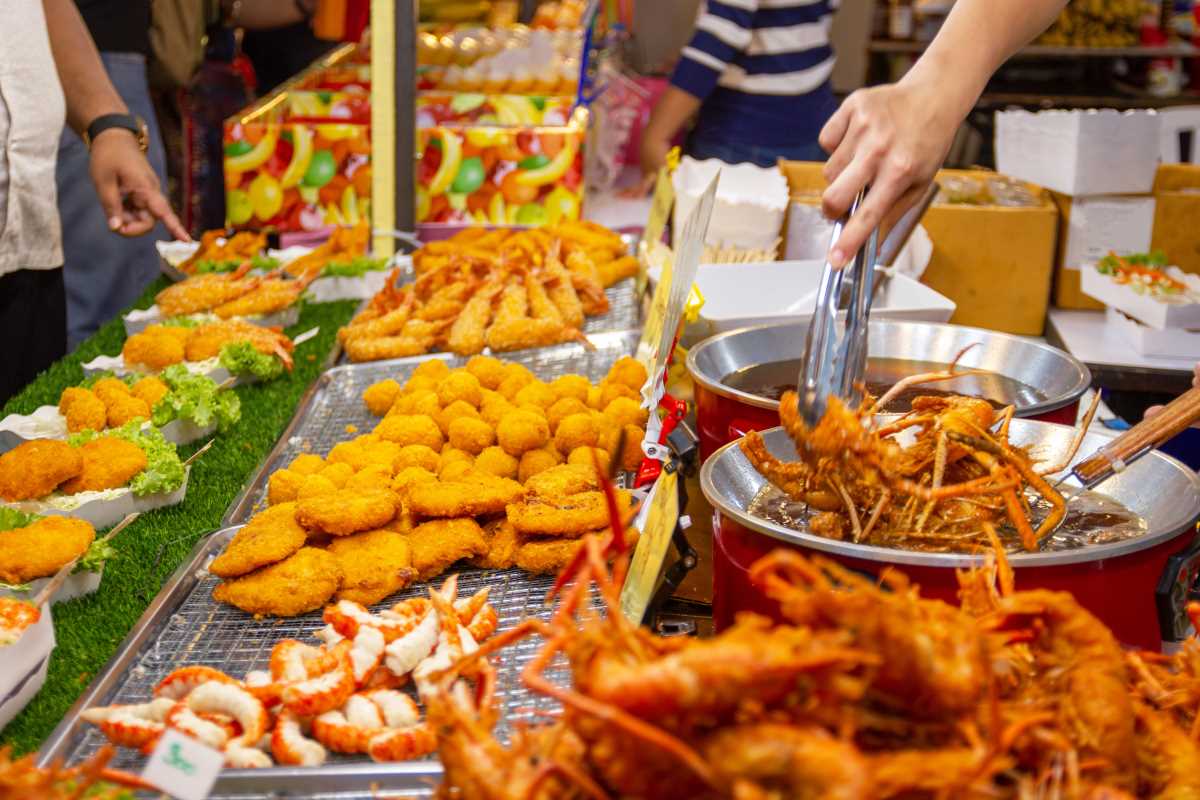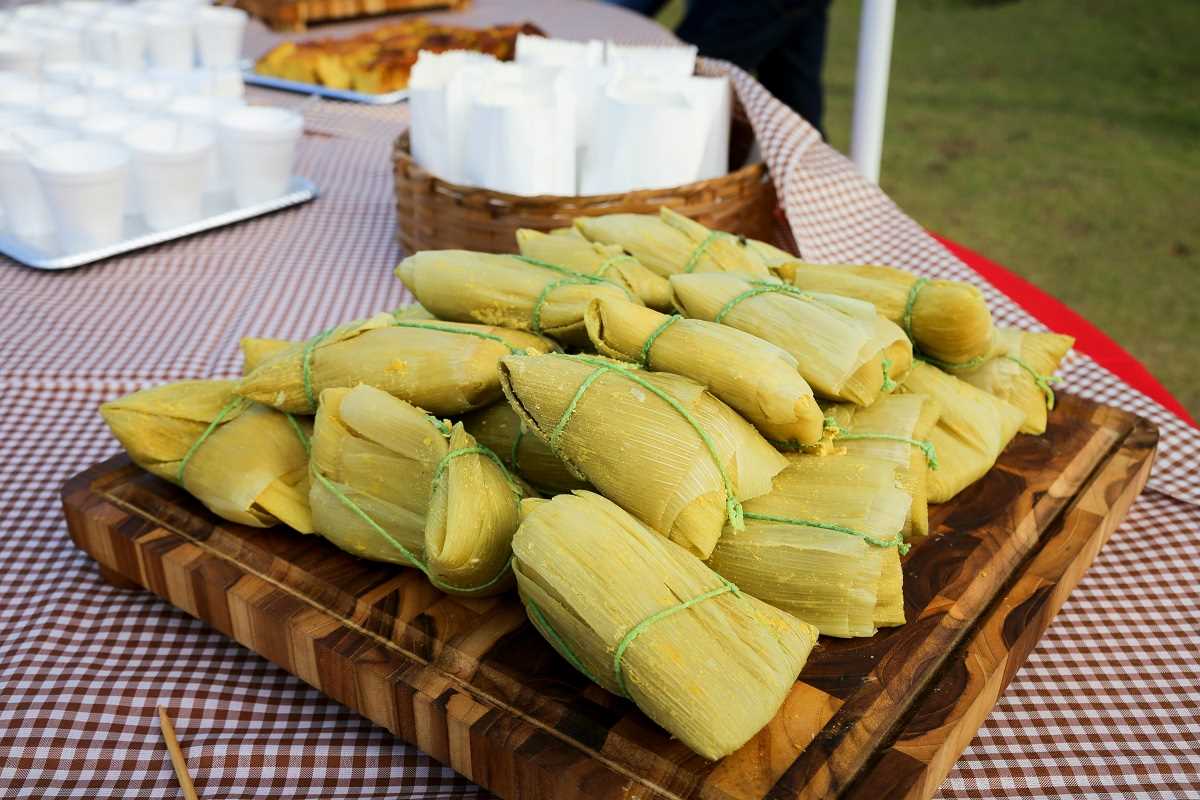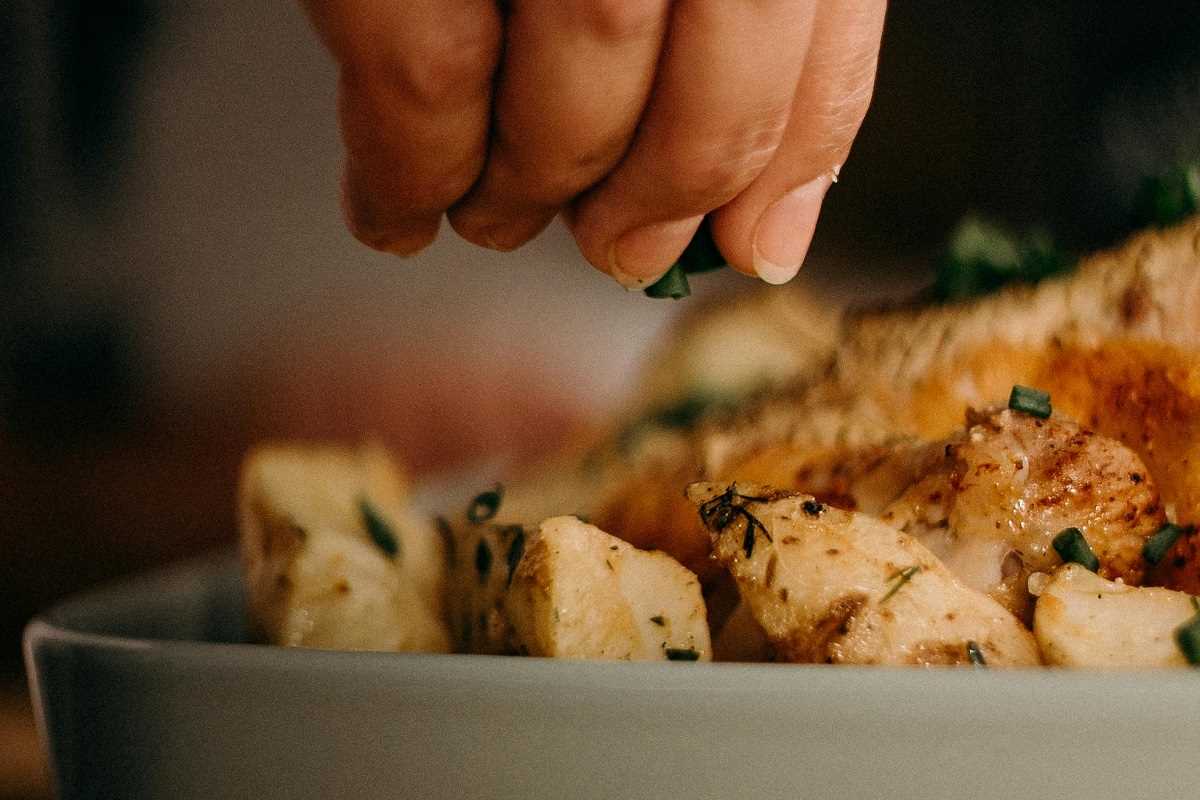Strolling past rows of lively market stalls, the scents of rich spices and smoky grilled meats tempt your senses. Vendors call out with cheerful greetings as you take in the vibrant sights of overflowing baskets filled with crisp vegetables and exotic fruits. The sound of sizzling skewers, bubbling broths, and utensils clinking against hot pans fills the air, mingling with laughter and animated conversation. Each corner reveals new culinary treasures, from freshly prepared street snacks to time-honored dishes crafted with care. Every taste offers a glimpse into local heritage, making each meal a memorable celebration of tradition and community.
With each turn around a corner, you discover something unexpected—tender buns steamed in bamboo baskets, spicy broths brimming with tangy herbs, or sweet treats glistening under warm lights. The energy here feels electric as flavors mingle to create stories of regional pride, seasonal harvests, and communal celebrations. Whether you want a midnight feast or a midday break from sightseeing, these markets beckon with sights, sounds, and tastes you cannot resist.
Flavors That Define a Locale
- Hand-tossed flatbreads fresh from a wood-fired oven reflect centuries of nomadic traditions, offering smoky crunch in every bite.
- Vibrant fruit stalls display exotic selections like dragon fruit, lychee, and rambutan at their peak, celebrating local harvest cycles and climate nuances.
- Marinated skewers draw from spice blends unique to coastal regions, infusing each morsel with tangy tamarind, fiery chilies, and fragrant lemongrass.
- Steaming bowls of rice porridge, ladled with minced pork and preserved egg, showcase comfort food elevated by regional sun-dried shrimp and garlic oil.
- Colorful mochi and rice cakes highlight techniques of pounding glutinous rice, often paired with fresh coconut shavings or sweet red beans for contrast.
These ingredients connect directly to local history: rice terraces irrigated by ancient canals, spice routes that once linked continents, and citywide festivals that set up temporary lanes of lights and laughter. Each stall becomes a living exhibit, demonstrating how climate, culture, and community come together around a simple meal. By observing preparation techniques and chatting with vendors, you gain insight into seasonal cycles, family legacies, and the creative spirit that turns staples into signature bites.
7 Must-Visit Street Food Markets
- Shilin Night Market – Taipei
- Highlights: Over 500 stalls with oyster omelets, fried chicken cutlets, bubble teas, and herbal drinks
- Cost: Most items under NT$100
- Insider tip: Find the vendor grilling giant sausages with citrus glazes—they often share a sip of sweet plum sauce to balance the spice
- Mercado de la Merced – Mexico City
- Highlights: Taco stands with chorizo, blue corn tortillas, chapulines (toasted grasshoppers)
- Cost: MXN$20–MXN$50 per sample
- Insider tip: Seek the hidden taquería behind a spice stall for goat cheese quesadillas with homemade salsa verde
- Chatuchak Weekend Market – Bangkok
- Highlights: Grilled river prawns, coconut ice cream in coconut shells, papaya salad
- Cost: Complete meals under THB200
- Insider tip: Look for charcoal grills and ask for extra roasted peanuts and dried shrimp to add crunch to tangy flavors
- La Boqueria – Barcelona
- Highlights: Jamón ibérico, bombas (spicy meatballs), tapas
- Cost: €3–€5 per tapa
- Insider tip: Head to the back counter for vermut on tap with marinated olives; sometimes the owner offers an off-menu anchovy-stuffed pepper
- Mercado de San Juan – Mexico City
- Highlights: Gourmet stalls with cheeses, Iberian ham, ceviche, garlic shrimp
- Cost: Small plates €4–€8
- Insider tip: Visit the stall with ceramic plates for garlic shrimp—ask for grated bottarga garnish to deepen the flavor
- Tsukiji Outer Market – Tokyo
- Highlights: Sushi bars, grilled eel, tamagoyaki, rice bowls with uni (sea urchin)
- Cost: Breakfasts under ¥1,500
- Insider tip: Try the stall torching uni rice bowls with a drizzle of yuzu kosho for a bright, peppery finish
- Camden Market – London
- Highlights: Global street food like jerk chicken, Venezuelan arepas, Ethiopian injera
- Cost: £5–£8 per plate
- Insider tip: Look for the brightly painted truck with charcoal-roasted corn topped with cotija and lime—ask for chili-lime salt to elevate the flavor
Each of these locations stands out for its culinary heritage, lively atmosphere, and affordable prices. Remember to carry small change, bring reusable utensils to reduce waste, and visit during peak prep hours—often early morning or just after dusk. Following these tips gives you the best access to authentic bites, whether you crave smoky barbecue or delicate seafood morsels.
How to Navigate Like a Pro
- Map out clusters of stalls by noting where locals gather; popular tables often indicate that dishes rotate quickly, ensuring freshness and minimal waiting time.
- Try small portions before ordering larger plates; choosing half-sizes allows you to taste more specialties without filling up too soon or overspending.
- Identify signature cooking techniques—woks with flame rings, clay pots emitting aromatic steam, or grills topped with banana leaves—and ask vendors where they source ingredients to appreciate the local terroir.
- Visit outside peak meal hours to avoid crowds, typically 11 am–1 pm and 6 pm–8 pm; late afternoon or late evening tastings often reveal hidden gems and friendlier prices.
- Bring hand sanitizer and a napkin pack; markets may lack seating or cleaning stations, so staying prepared enhances comfort and hygiene during sampling marathons.
Using these navigation tips, you will blend naturally in the crowd and find hidden corners. Every detail, from timing to utensil choices, contributes to a smoother, more immersive experience that helps you move easily through the market’s vibrant maze.
Packing and Budgeting Essentials
- Bring a lightweight tote and wipe-clean utensils so you can skip disposable items and reduce plastic waste while carrying edible souvenirs like spice blends or dried fruits.
- Set a daily street-food budget apart from sit-down restaurant meals; allocate at least 30% of your food money for spontaneous stalls and surprise tastings.
- Pack a small cooler with an ice pack when sampling perishable items like seafood or milk-based desserts; this prevents spoilage during long exploration days.
- Download an offline map with marked market zones and restroom locations; limited Wi-Fi means preloading helps you keep track of what you’ve eaten and what you want to try next.
- Carry small denominations of local currency to speed up transactions and avoid awkward vendor searches for change—coins and notes under the equivalent of five dollars often make checkout quick and easy.
This practical gear list and budget plan allow you to focus on tasting and exploring rather than logistics. With tools in hand and a clear spending plan, you can sample widely without worries.
As the markets close, you take home not just delicious food, but memorable stories. Let these experiences inspire your next food adventure.







